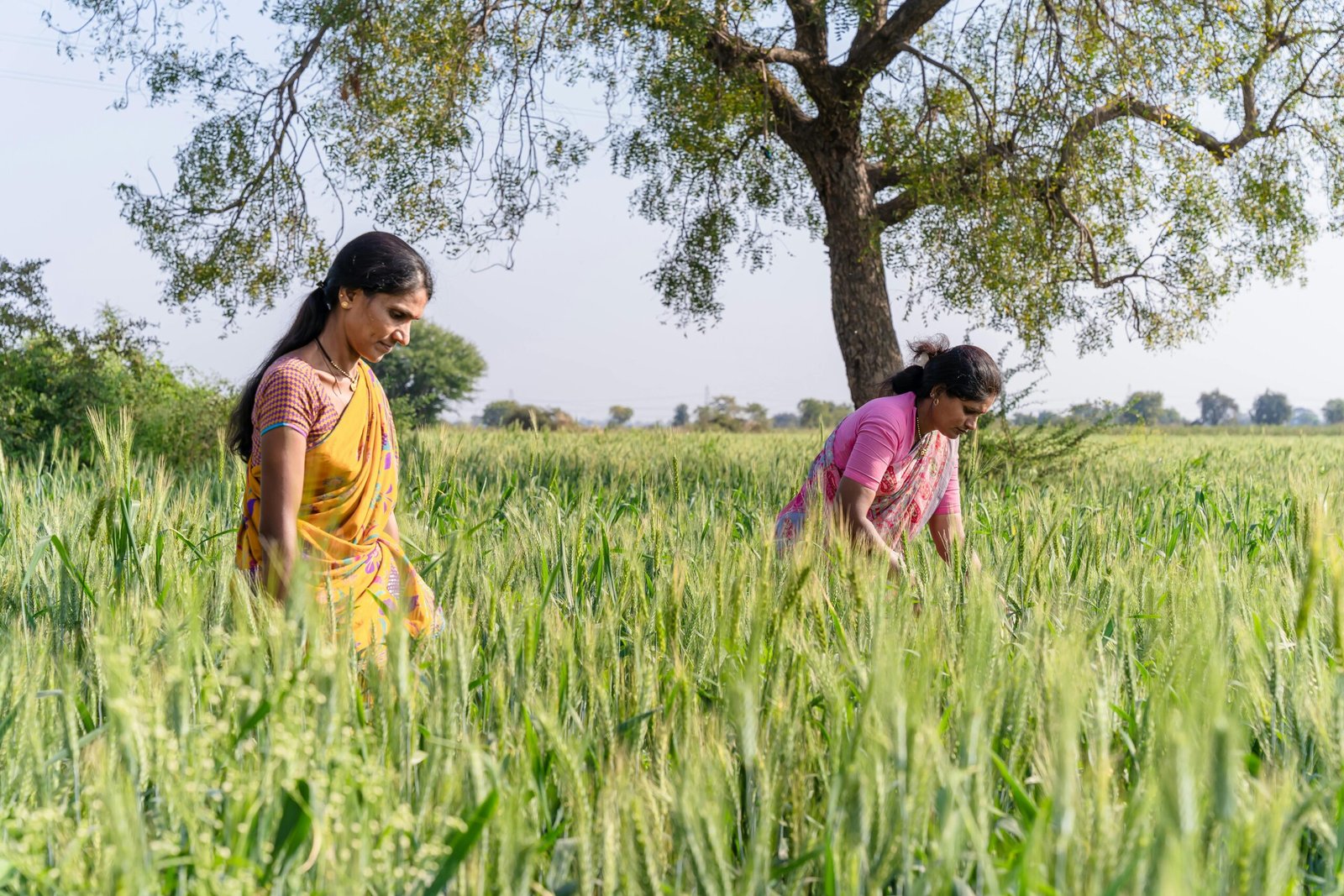India’s fertilizer story this year is one of resilience, planning, and partnerships. While the world continues to grapple with supply chain disruptions caused by the Red Sea crisis and ongoing geopolitical conflicts, Indian farmers are sowing their Kharif crops with confidence of assured fertilizer supply.
Strong Growth in Domestic Production
Over the past decade, India has quietly built up its fertilizer strength:
• Urea production has grown by 35%, from 227 LMT in 2013-14 to 306 LMT in 2024-25.
• DAP + NPK production has jumped by 44%, rising from 110 LMT to 159 LMT in the same period.
This growth is more than just numbers—it reflects India’s steady march towards Atmanirbhar Bharat (self-reliance) in agriculture inputs.
Smart Global Partnerships
When the Red Sea crisis forced ships to reroute an extra 6,500 km around the Cape of Good Hope, and fertilizer prices shot up due to wars in Russia-Ukraine and Israel-Iran, India had a backup plan ready.
• A 25 LMT deal with Morocco secured steady supplies of DAP and TSP.
• A 5-year agreement with Saudi Arabia guarantees 31 LMT of DAP every year starting 2025-26.
These partnerships show how India is future-proofing its fertilizer security.
Kharif 2025: Comfortable Availability
Here’s how the numbers stack up this season (as of August 2025):
• Urea → Requirement: 143 LMT | Available: 183 LMT | Sold: 155 LMT
• DAP → Requirement: 45 LMT | Available: 49 LMT | Sold: 33 LMT
• NPKs → Requirement: 58 LMT | Available: 97 LMT | Sold: 64.5 LMT
Even with 13 LMT higher Urea sales compared to last year, the shelves remain stocked.
Farmers Shielded from Price Shocks
Global prices may be rising, but Indian farmers continue to get fertilizers at affordable rates thanks to government support:
• Urea → ₹242 per 45 kg bag (statutory MRP)
• DAP → ₹1,350 per bag (with subsidies covering global price hikes, GST, and logistics costs)
A Step Towards Sustainable Agriculture
India’s approach—strengthening domestic capacity, securing global partnerships, and ensuring fair access through subsidies and governance—is laying the foundation for sustainable agriculture and food security
